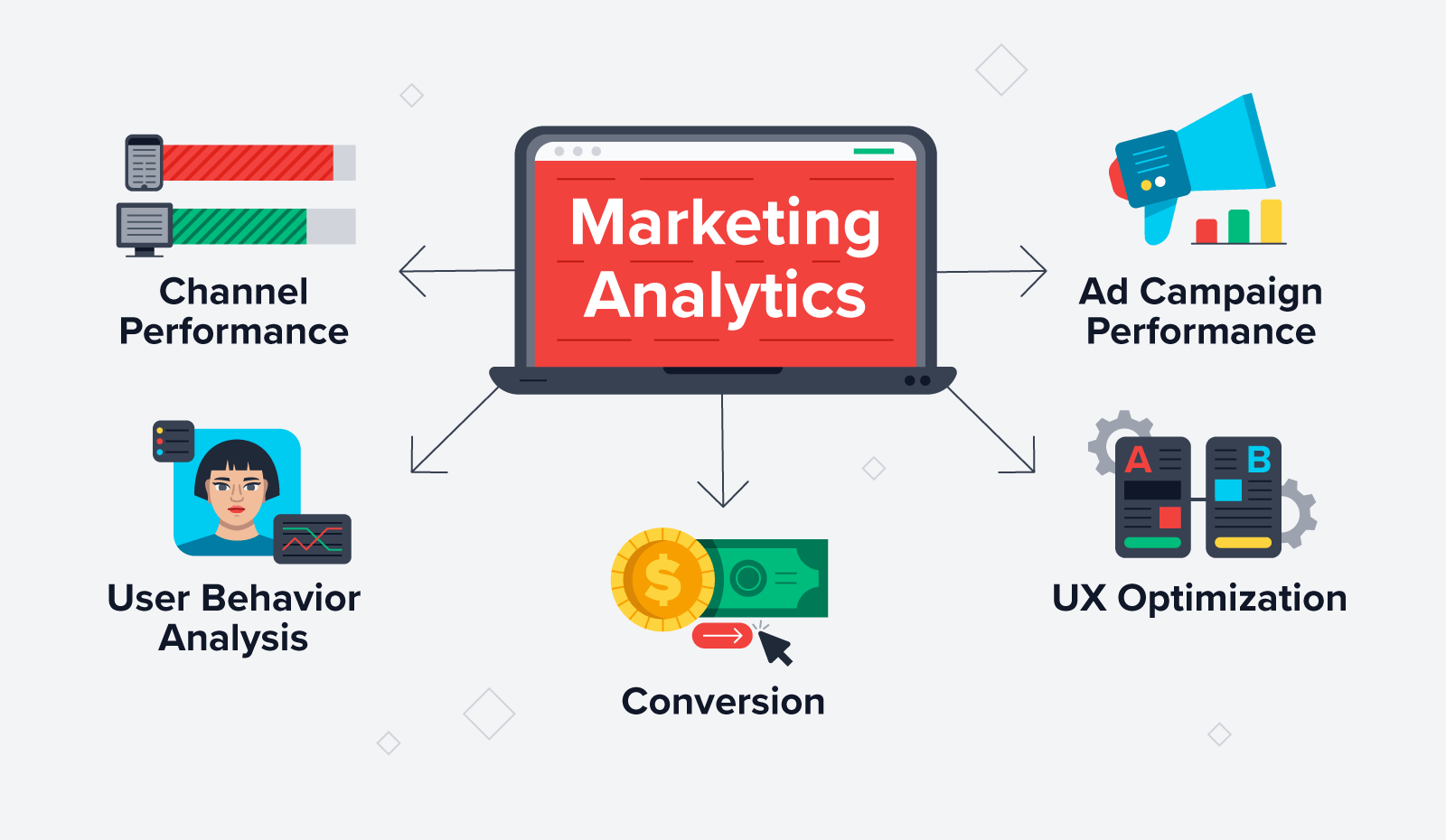In the fast-evolving digital marketing world, Google Search Console (GSC) has emerged as a must-use tool for any business aiming to boost its online presence through SEO (Search Engine Optimization). For businesses in Melbourne, Australia—from small local companies to large e-commerce brands—GSC offers a treasure trove of actionable insights that can shape the effectiveness of your digital strategy.
But while most users know that GSC shows clicks, impressions, and average position, very few fully understand how to interpret this data and apply it meaningfully. The truth is, learning how to read your Google Search Console data is the difference between stagnant traffic and consistent growth. From monitoring CTR (Click-Through Rate) to diagnosing indexing issues, the tool provides the raw ingredients that, when used wisely, can fuel an incredible SEO transformation.
This guide will cover everything you need to know, combining the foundational principles of GSC usage with advanced, real-world applications. Whether you're just setting up your site or trying to diagnose a drop in rankings, this post will walk you through interpreting your Google Search Console performance data like a pro. With the right approach, you can take your Melbourne-based business to the top of Google’s search results—and stay there.
You’ll learn how to leverage reports for performance analysis, recognize user behavior trends, address technical issues, and implement strategic changes based on concrete evidence. Real case studies and actionable steps will show how mastering this tool can lead to measurable results like increased traffic, better engagement, and higher conversions. Let's dive deep into turning GSC data into an SEO powerhouse.
What is Google Search Console and Why Is It Important?
Google Search Console is a free tool offered by Google that lets website owners, marketers, and developers monitor and troubleshoot their site's appearance in Google search results. Its importance lies in providing direct insight into how Google indexes and displays your content, which is a key component of effective SEO in Melbourne.
Through GSC, users can:
- Track clicks, impressions, and keyword performance
- Receive alerts about indexing issues
- Understand mobile usability and user experience issues
- Monitor Core Web Vitals and overall performance metrics
Without tools like GSC, you'd be flying blind when it comes to knowing how your site performs in Google's ecosystem.
Understanding Key Metrics: Clicks, Impressions, CTR & Average Position
Understanding website analytics starts with knowing what each metric means:
- Clicks: How many users clicked through from a Google search to your website.
- Impressions: The number of times your pages appeared in search results.
- CTR (Click-Through Rate): The ratio of clicks to impressions, a key indicator of how appealing your listings are.
- Average Position: Where your site ranks in search results for specific queries.
Interpreting these together helps build a narrative of your site’s visibility and user engagement, allowing for fine-tuned SEO decisions.
Core Principles of Website Analytics and GSC Integration
- Understanding Website Analytics: Tools like Google Analytics and GSC offer insights into user behavior and performance. Use this data to fine-tune your SEO strategies in Melbourne.
- Goals and KPIs: Define clear objectives, like increasing organic traffic or lead conversions. Set KPIs to track your success.
- Traffic Sources: Identify whether traffic is organic, paid, social, or direct. This helps prioritize your digital marketing channels.
- User Behavior Analysis: Study how users navigate your site. High bounce rates or short sessions can highlight UX issues.
- Segmentation: Group visitors by demographics or behavior for personalized targeting and content delivery.
- Conversion Tracking: Understand which user actions matter and how often they occur. Improve strategies based on this data.
- A/B Testing: Test different headlines, images, or layouts to see what resonates most with your audience.
- Content Performance: Track engagement levels on blogs and landing pages. Focus more on what works.
- SEO Insights: Use GSC to monitor keyword rankings and indexing status. Adjust your SEO based on performance.
- Reporting and Iteration: Regularly assess your analytics, generate reports, and refine tactics based on findings.
Key Takeaways from Interpreting GSC and Website Analytics
- Data-Driven Decisions: Make marketing decisions based on real user data, not assumptions.
- Continuous Optimization: Marketing strategies evolve. Regular data checks keep you ahead.
- Understanding Customer Journey: Map every step from discovery to conversion to enhance user experience.
- Tool Integration: Connect GSC, Google Analytics, CRM, and email marketing tools for unified insights.
- Adaptability: Use insights to pivot quickly if strategies underperform.
Advanced Tips for GSC Usage in Melbourne
- Choose the Right Analytics Tool: GSC is best for search performance; complement it with tools like GA4 or SEMrush.
- Set Up Goals in Analytics: Goals like form submissions or page views help track user intent and conversion funnels.
- Interpret Trends: Look at week-over-week or month-over-month comparisons for real insights.
- Monitor Engagement: Track CTR and bounce rate to measure content effectiveness and interaction levels.
- Cross-Device Tracking: Make sure your analytics tracks users across mobile and desktop for a full picture.
- Segment for High-Value Users: Focus on user segments with higher conversion potential.
- Use Real-Time Analytics: Adapt to user behavior as it happens—particularly useful during campaigns or sales.
- Visualize Data: Dashboards help teams understand and act on data faster.
- Collaborate Across Teams: Share insights with sales and support to align all departments.
- Benchmark Competitors: See how you stack up with industry standards and adjust accordingly.
- Comply with Privacy Laws: Ensure GDPR and privacy compliance in all data collection practices.
- Create a Feedback Loop: Use GSC data to inspire new campaigns, refine SEO, and improve content strategy.
By understanding and acting on Google Search Console data, businesses in Melbourne, Australia can dramatically improve their SEO strategy, drive more qualified traffic, and achieve better conversions. When used strategically and paired with solid web analytics principles, GSC becomes more than just a reporting tool—it becomes the cornerstone of your digital growth.
Contact Us
Email: ash@multidice.com.au
Phone: +61 481 834 691
Address: Melbourne, Australia


